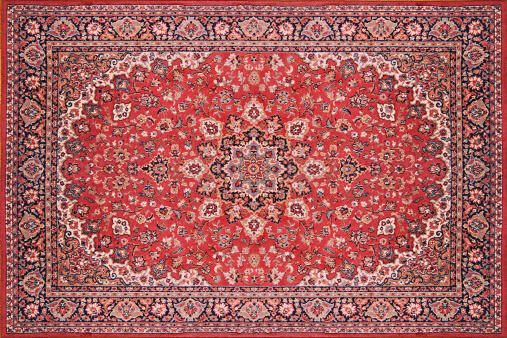 Vacuum regularly: Regular vacuuming removes dirt and debris from the fibers, keeping the rug clean and in good condition.
Vacuum regularly: Regular vacuuming removes dirt and debris from the fibers, keeping the rug clean and in good condition.
Rotate the rug: Rotate the rug every few months to prevent it from wearing unevenly and to ensure that all sides receive equal exposure to sunlight and foot traffic.
Spot clean: Use a damp cloth and mild soap to clean spills and stains as soon as they occur. Avoid using too much water, as this can damage the fibers.
Professional cleaning: Have the rug professionally cleaned every 1-2 years to remove deep-seated dirt and revitalize the fibers.
Protect from sunlight: Place the rug in an area where it won’t be exposed to direct sunlight for extended periods, as this can cause fading and damage.
Avoid moisture: Avoid exposing the rug to moisture, such as by placing it in a damp area or leaving it wet for too long. Moisture can cause mold and mildew, which can damage the fibers and cause odors.
Store carefully: When not in use, store the rug in a cool, dry place away from direct sunlight and moisture.
Rules not to follow about Persian rugs
There are no strict rules to not follow when it comes to Persian rugs, but here are some general guidelines that one may choose to ignore:
Avoid placing Persian rugs in high-traffic areas – Persian rugs are often delicate and can become worn easily in areas with heavy foot traffic.
Don’t ignore the rug’s size – Persian rugs should be appropriately sized for the room they are placed in.
Don’t hang the rug on a wall – While hanging a rug on a wall can be an attractive decorative feature, it can also lead to damage to the rug’s fibers.
Don’t ignore signs of wear and tear – If you notice any fraying, loose threads, or other signs of damage, have the rug repaired promptly to prevent further damage.
Don’t expose Persian rugs to direct sunlight or moisture – Exposure to direct sunlight can cause fading, and exposure to moisture can cause the rug to rot or become moldy.
The best way to care for a Persian rug is to understand its specific needs and take steps to preserve its beauty and longevity.
Different ways to use Persian rugs
Persian rugs can be used in several ways:
Floor covering: Persian rugs are often used as floor coverings, either as area rugs or wall-to-wall carpets.
Decoration: Persian rugs can be used as decorative pieces, hung on walls, or displayed on stands.
Furniture: Persian rugs can be used as a base for furniture, such as a coffee table or ottoman.
Upholstery: Persian rugs can be used to upholster chairs, sofas, and other furniture.
Home accents: Persian rugs can be used as accents in various rooms, such as entryways, bedrooms, or living rooms.
Outdoor spaces: Some Persian rugs are made from durable materials and can be used in outdoor spaces, such as patios or decks.
Art: Persian rugs are considered works of art and can be displayed as such in galleries and museums.
